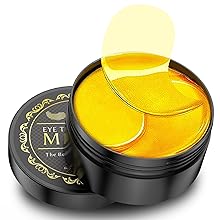
'This is what our communities used to be like': Hide camp returns to N.W.T. after 3-year hiatus
CBC
Betty Hardisty, an elder living in Fort Simpson, N.W.T., has wanted to tan a hide her entire life.
She's had at least five hides in storage for over a decade not knowing what to do with them.
After two weeks at a moose hide tanning camp, Hardisty walked away with her completed hide Friday.
"One of my goals in life," Hardisty said of the accomplishment.
Hardisty said that she was never taught about tanning because of family separation and residential schools, but that she feels proud to reach her goal and appreciative of the guidance she received from instructors at the camp.
The camp ran from Aug. 2 to 13 in Łı́ı́dlı̨ı̨ Kų́ę́ First Nation outside Fort Simpson.
Dene Nahjo hosted the camp, making it the first hide tanning camp in three years due to cancellations related to pandemic restrictions on gathering.
Melaw Nakehk'o is one of the founding members of Dene Nahjo, a collective dedicated to creating spaces that help Indigenous people reconnect to cultural knowledge.
She's also one of the instructors at the camp and said that helping to fill gaps in generational knowledge and teaching people like Hardisty is part of what she loves about it.
"There's a lot of people that went to residential school, had very successful, incredible lives and are at a point where they're wanting to come back and find and learn these types of things," Nakehk'o said.
"Being able to help my elders and my aunties work on regaining this type of knowledge is really healing for our families and I think for our older people that did not have the opportunity to learn this from our elders."
There are a variety of techniques to hide tanning, though the process generally includes repeated scraping, soaking, smoking and stretching the hide.
After dozens of hours of working the hide, it softens into what is later used for jewlery, drums and clothing.
In the smoking step of the process, the smoke from spruce trees reacts with a brain paste spread over the hide to help break down enzymes and make it softer. The brain from one moose creates the perfect quantity of paste to spread over the hide of the same animal.





















 Run 3 Space | Play Space Running Game
Run 3 Space | Play Space Running Game Traffic Jam 3D | Online Racing Game
Traffic Jam 3D | Online Racing Game Duck Hunt | Play Old Classic Game
Duck Hunt | Play Old Classic Game











